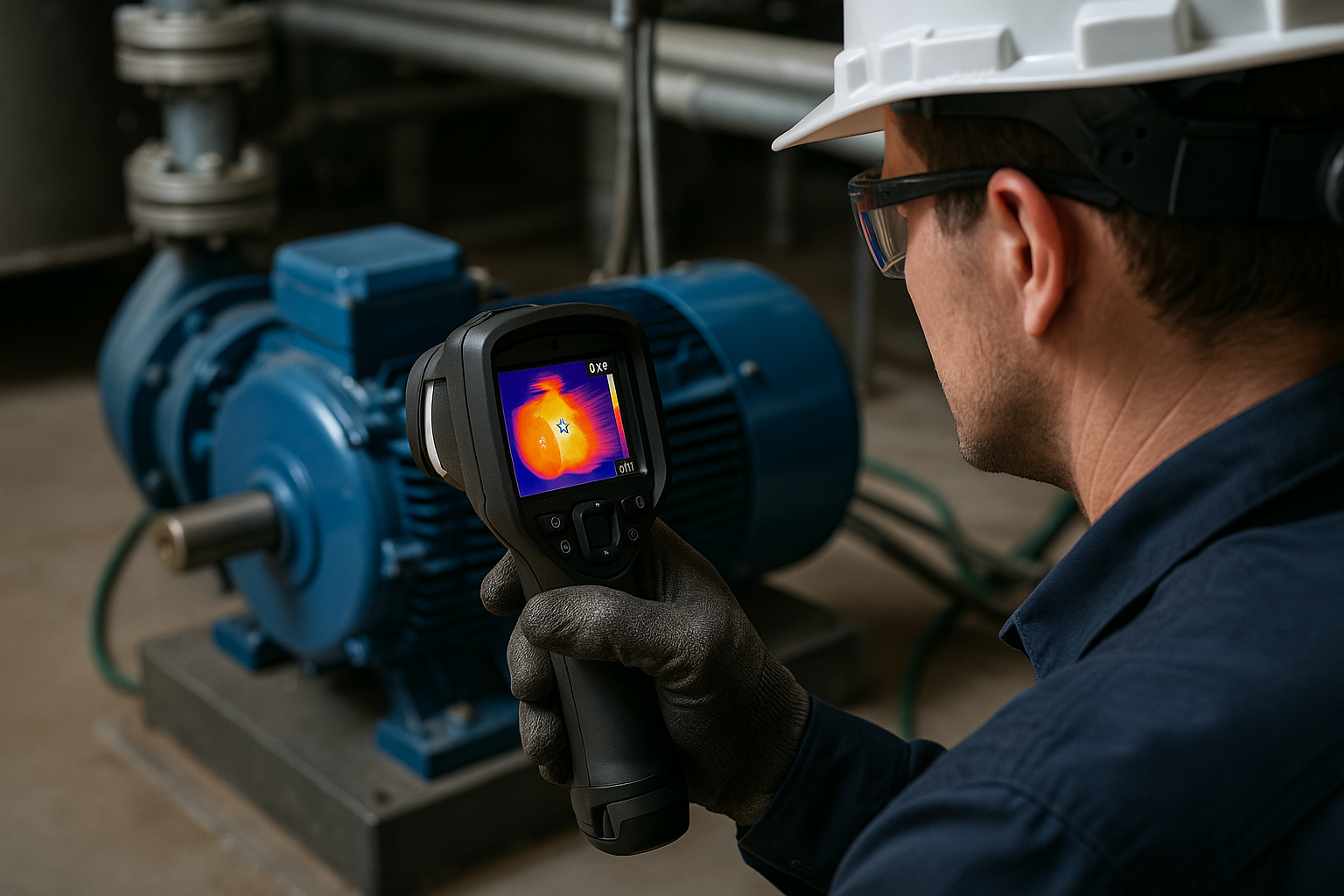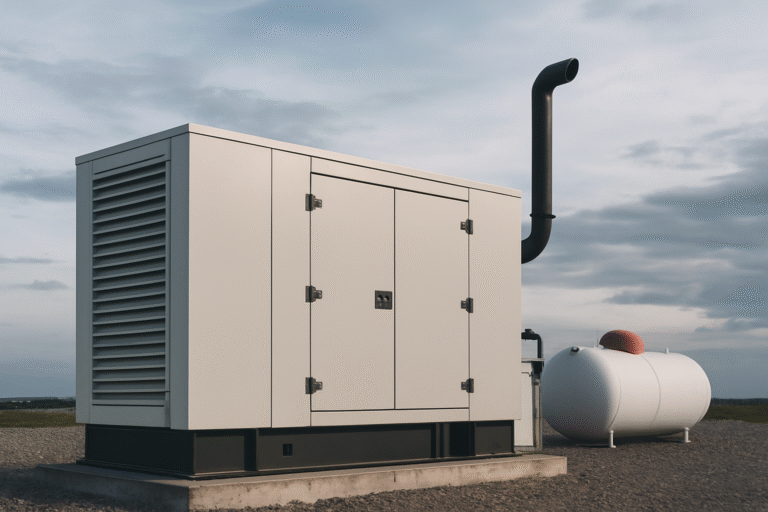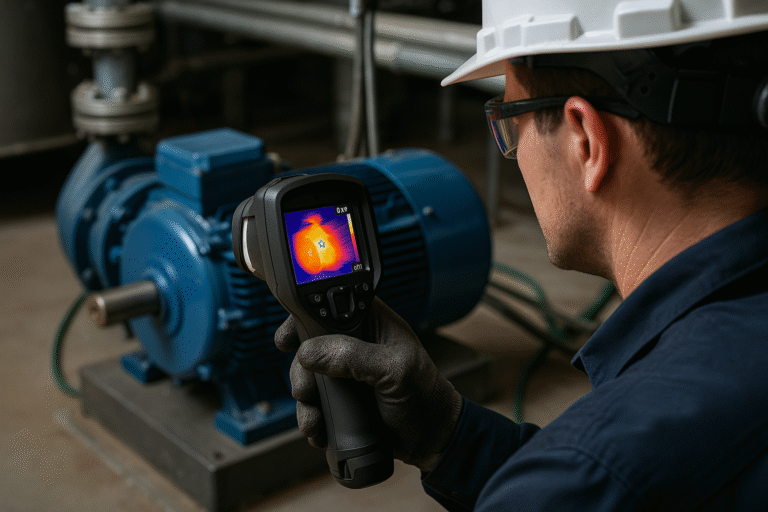
Walk into a modern distribution center and you’ll see the story of today’s industrial economy unfolding in real time. Conveyor belts hum, robotic arms pivot with precision, and scanning systems monitor throughput at speeds no human could match. For executives, this looks like efficiency and progress. For workers, it looks like they’ll be out of a job soon. This debate isn’t new, but as facilities across warehousing, logistics, and manufacturing accelerate their investment in automation, the tension is sharper than ever. The real question isn’t just whether automation replaces jobs, but how it reshapes the balance between human labor, safety, and efficiency.
The Case for Replacement: Efficiency Above All
Automation undeniably reduces headcount in certain areas. Research from McKinsey & Co. projects that nearly 50% of tasks currently performed in logistics can be automated with existing technology. That doesn’t mean half the jobs vanish overnight, but it does mean roles like manual packers, sorters, and pallet movers are shrinking. Conveyors don’t get tired, don’t need breaks, and don’t risk repetitive strain injuries. A high-volume parcel facility might move 30,000–40,000 packages per hour using automated sortation, something that would require hundreds of workers on foot. From an economic standpoint, companies see:
Lower labor costs (fewer employees needed to move goods).
Reduced errors (automation maintains accuracy at scale).
Predictable throughput (machines don’t call in sick).
The workforce impact is a clear reduction in demand for low-skill, repetitive labor. That’s why critics frame automation as a replacement.
The Case for Protection: Safety and Job Quality
Yet the story is more nuanced. Automation didn’t emerge just to cut labor costs; it also addressed chronic safety and efficiency challenges. Work-related overexertion and repetitive motion are among the leading causes of injury in industrial settings. For example, in 2021–2022, overexertion/ bodily reaction was the top nonfatal injury category for DART cases. Warehouse-specific reports also list overexertion as the most common serious injury type. Conveyor systems and robotics reduce the physical burden on workers, shifting them away from heavy lifting and endless walking. Automation also reduces exposure to high-risk zones:
Forklift traffic and collision risks.
Repetitive lifting leading to back and joint injuries.
Hazardous production environments where precision is critical.
Instead of carrying 50-pound boxes for hours, workers increasingly oversee system operations, troubleshoot faults, and monitor dashboards. In this sense, conveyor automation protects workers from the most dangerous and fatiguing aspects of the job.
The Workforce Transformation: From Labor to Knowledge
Rather than a binary “replacement vs. protection,” automation is better understood as job transformation.
Replaced roles: Manual sorters, repetitive lifters, floor runners.
Transformed roles: Machine operators, maintenance techs, quality control supervisors.
New roles created: Data analysts for system performance, predictive maintenance specialists, and automation engineers.
This transition isn’t frictionless. Reskilling is the linchpin and not every company invests equally in retraining displaced workers. Facilities that introduce automation without workforce planning risk alienating staff and sparking backlash. Those that pair automation with training programs create stronger loyalty and unlock the human potential to operate alongside technology.
The Economics of Automation vs. Human Labor
From the C-suite perspective, automation is an ROI equation. While initial costs for conveyors and robotics can run into millions of dollars, they pay off in: Reduced injury claims and insurance costs, Improved energy efficiency (smart systems optimize power use) and Predictable uptime through predictive maintenance and monitoring. But automation doesn’t erase labor costs, it reallocates them. Skilled technicians to service conveyors can earn 30–40% more than entry-level warehouse staff. This means fewer jobs overall, but higher-paying technical jobs for those with the right skills. This shift widens the inequality gap in some regions: displaced workers without retraining face job loss, while trained technicians and engineers see rising demand.
The Broader Debate: Human vs. Machine Responsibility
The controversy extends beyond economics into philosophy. Should businesses pursue automation at the cost of jobs? Or is their responsibility to create safer, more dignified work environments worth the trade-off? Labor advocates argue automation erodes livelihoods and weakens communities dependent on warehouse jobs. Industry leaders counter that automation ensures competitiveness, lowers consumer costs, and prevents workplace injuries. The truth sits in the tension: automation both replaces and protects.
Final Thoughts: Balance Is Everything
So, are automation and conveyor systems replacing workers or protecting them? The reality is both. They replace repetitive, physically demanding roles while protecting workers from injury and creating new opportunities for those able to reskill. The companies that will thrive are those that see automation not as a replacement for people, but as a partnership with them. By pairing conveyor system efficiency with human oversight, creativity, and adaptability, the future of industrial facilities can be both safer and more productive.
At Conveyor Electrical Services, we don’t just design conveyor systems for efficiency; we design them with people in mind. Our electrical and material handling solutions support facilities in achieving peak productivity without losing sight of workforce safety and well-being. Explore how we balance technology and human value on our Material Handling Services page.




